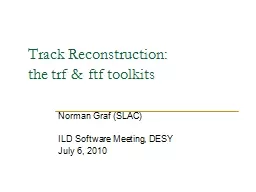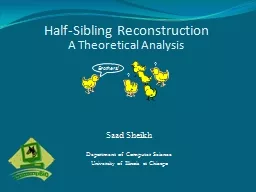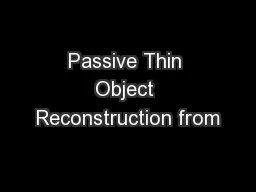PPT-Track Reconstruction:
Author : pasty-toler | Published Date : 2016-06-23
the trf amp ftf toolkits Norman Graf SLAC ILD Software Meeting DESY July 6 2010 2 What is a track Ordered association of digits clusters or hits finder Digit
Presentation Embed Code
Download Presentation
Download Presentation The PPT/PDF document "Track Reconstruction:" is the property of its rightful owner. Permission is granted to download and print the materials on this website for personal, non-commercial use only, and to display it on your personal computer provided you do not modify the materials and that you retain all copyright notices contained in the materials. By downloading content from our website, you accept the terms of this agreement.
Track Reconstruction:: Transcript
Download Rules Of Document
"Track Reconstruction:"The content belongs to its owner. You may download and print it for personal use, without modification, and keep all copyright notices. By downloading, you agree to these terms.
Related Documents














